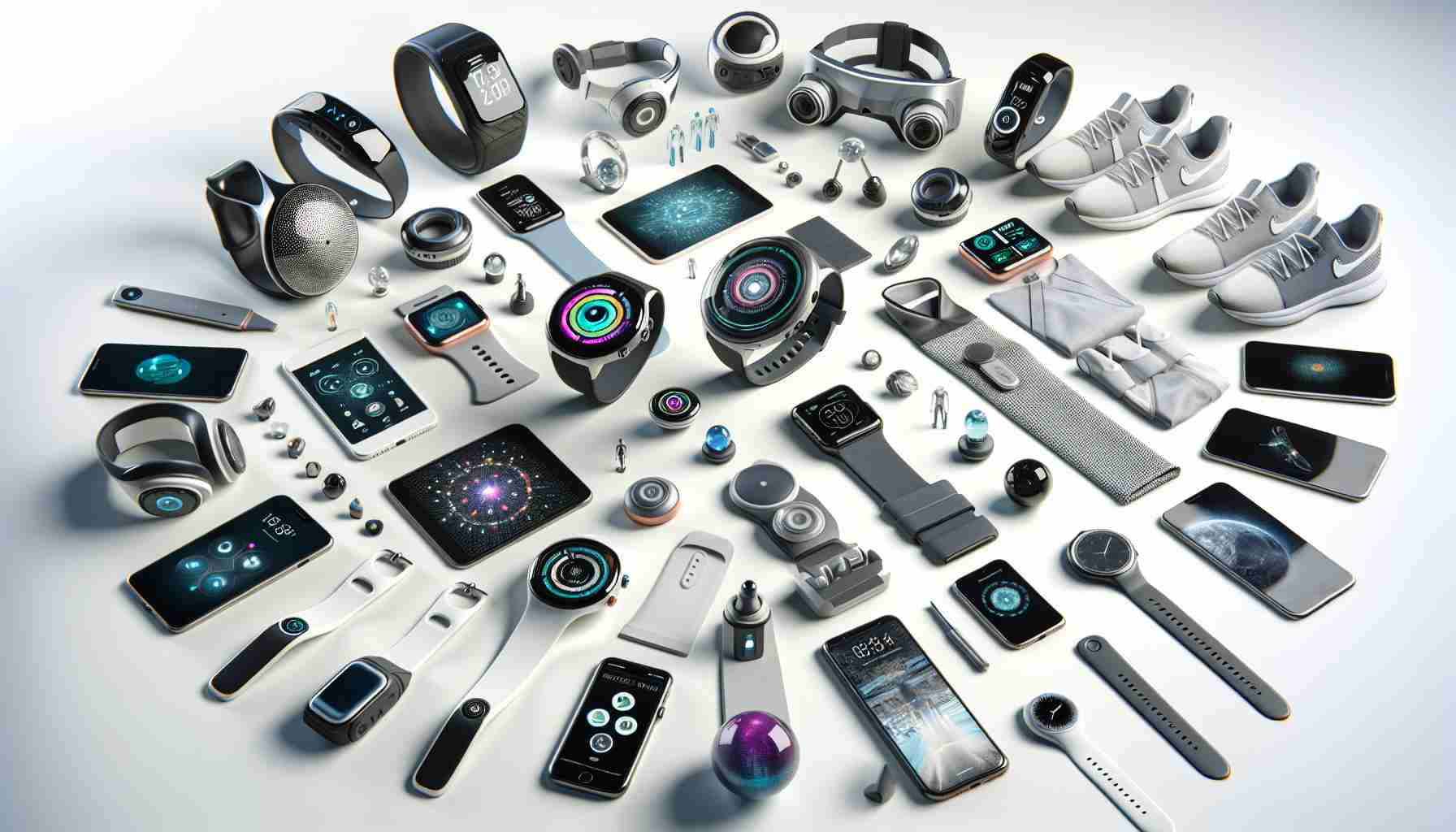A New Era for Technology
The landscape of wearable technology is evolving rapidly, raising questions about the fate of the heavily rumored Samsung XR headset. With whispers of a collaboration between Samsung and Google pushing back the release date to 2025 or even 2026, one wonders if this sleek device will ever come to light.
Intriguing Alternatives
Rather than following in the footsteps of the Apple Vision Pro, which failed to capture widespread attention due to its exorbitant price tag, Samsung may need to rethink its strategy. The emergence of Meta Orion AR glasses presents a compelling alternative, offering a more streamlined and user-friendly approach to augmented reality experiences.
Competition in the Wearables Market
As Meta’s Orion glasses gain momentum and consumer interest, Samsung faces the challenge of staying relevant in a rapidly evolving market. The imminent arrival of Meta’s consumer version of Orion in late 2027 could overshadow any delayed release from Samsung, making it crucial for the tech giant to make strategic moves in the coming months.
A Glimmer of Hope
While the future of the Samsung XR headset remains uncertain, there is still a glimmer of hope for innovation in the wearable tech sector. Whether Samsung chooses to forge ahead with its high-end headset or shift focus to smart glasses, the competition and anticipation in the industry promise exciting developments ahead.
Additional Relevant Facts:
– Augmented reality (AR) and virtual reality (VR) technologies are expected to play a significant role in the future of wearable tech, offering immersive experiences in various industries such as gaming, education, and healthcare.
– The integration of health monitoring features in wearables has become increasingly popular, with devices capable of tracking heart rate, sleep patterns, and overall fitness levels.
– Sustainability and eco-friendliness are becoming key considerations in wearable technology design, with more companies striving to use recycled materials and reduce their carbon footprint.
Most Important Questions:
1. What technological advancements are necessary for the successful development of Samsung’s XR headset or any potential future wearable tech devices?
2. How can Samsung differentiate its products in the competitive wearable tech market to attract consumers?
3. What impact will the collaboration between Samsung and Google have on the innovation and adoption of wearable technologies?
Key Challenges:
– Balancing innovation and affordability to appeal to a broad consumer base.
– Addressing privacy concerns related to the collection and storage of personal data from wearable devices.
– Overcoming technical limitations such as battery life, processing power, and comfort in wearable designs.
Advantages:
– Enhanced convenience and accessibility for users in accessing information and services.
– Potential for improved health and fitness tracking, leading to better overall well-being.
– Opportunities for immersive entertainment and educational experiences through AR and VR capabilities.
Disadvantages:
– Potential for increased screen time and dependency on wearable devices.
– Concerns regarding data security and privacy breaches.
– Limited battery life and technical constraints may hinder user experience.
Suggested Related Links:
– Official Samsung Website
– Google Homepage
– Meta Website


